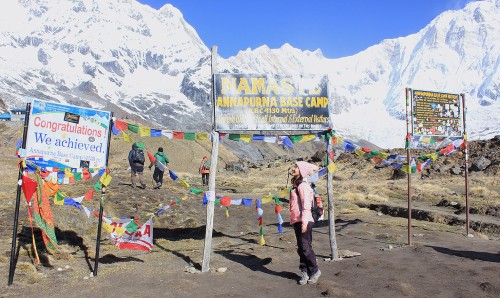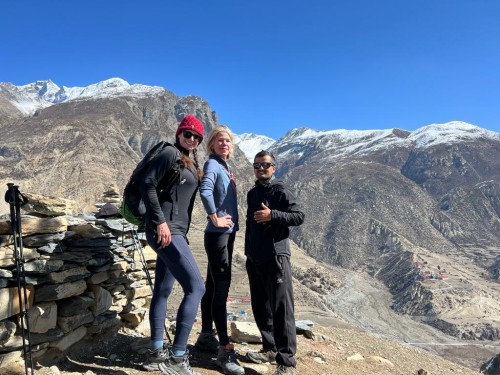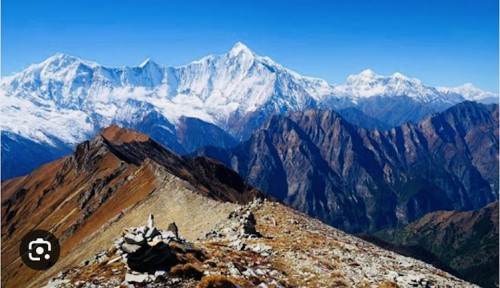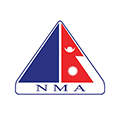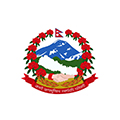Annapurna Region: The Crown Jewel of Himalayan Trekking
Overview
The Annapurna Region in central Nepal is one of the world’s most popular and diverse trekking destinations. Home to dramatic mountain landscapes, lush forests, terraced fields, and remote ethnic villages, the Annapurna Region offers an unforgettable blend of natural beauty and cultural richness. From beginner-friendly hikes to challenging high-altitude adventures, this region caters to every type of trekker.
Why Trek in the Annapurna Region?
Unmatched Mountain Views: Witness majestic peaks like Annapurna I (8,091m), Machapuchare (6,993m), Dhaulagiri (8,167m), and Nilgiri.
Diverse Trails: Options range from short treks like Ghorepani Poon Hill to epic adventures like the Annapurna Circuit or Annapurna Base Camp (ABC).
Rich Culture: Explore authentic Gurung, Thakali, and Magar villages, monasteries, and traditions.
Accessibility: Easily reachable from Pokhara, with excellent tea house infrastructure and road access.
Biodiversity: Trek through the Annapurna Conservation Area, home to rare flora and fauna.
Top Treks in the Annapurna Region
1. Annapurna Base Camp Trek (ABC)
Duration: 7–12 days
Max Elevation: 4,130 meters
Highlights: Annapurna Sanctuary, glacier views, hot springs, Machapuchare Base Camp
Best For: Moderate trekkers seeking stunning scenery in a shorter timeframe
2. Annapurna Circuit Trek
Duration: 12–20 days
Max Elevation: 5,416 meters (Thorong La Pass)
Highlights: Manang, Thorong La Pass, Muktinath, Jomsom, Kali Gandaki Gorge
Best For: Adventurers who want variety in landscape, culture, and challenge
3. Ghorepani Poon Hill Trek
Duration: 3–5 days
Max Elevation: 3,210 meters
Highlights: Sunrise over Annapurna and Dhaulagiri ranges, rhododendron forests
Best For: Families and first-time trekkers
4. Mardi Himal Trek
Duration: 5–7 days
Max Elevation: 4,500 meters
Highlights: Hidden trail, panoramic ridge walks, close-up views of Machapuchare
Best For: Off-the-beaten-path trekkers
5. Khopra Ridge Trek
Duration: 6–9 days
Max Elevation: 3,660 meters
Highlights: Khopra Danda, Khayer Lake, remote trails, fewer crowds
Best For: Those seeking solitude and community-run lodges
Best Time to Trek in the Annapurna Region
Spring (March–May): Clear skies, blooming rhododendrons, ideal for photography
Autumn (September–November): Stable weather, peak trekking season, vibrant landscapes
Winter (December–February): Cold but peaceful, great for lower-altitude treks
Monsoon (June–August): Lush scenery but heavy rain and leeches; not recommended for all routes
Permits Required
Annapurna Conservation Area Permit (ACAP)
Trekkers' Information Management System (TIMS) Card
These can be obtained in Kathmandu or Pokhara through authorized trekking agencies.
Annapurna Region Trekking Highlights
✅ Panoramic Himalayan vistas
✅ Culturally rich villages and homestays
✅ Natural hot springs in Jhinu Danda
✅ Sacred sites like Muktinath Temple
✅ Eco-diverse trekking through forests, valleys, and high passes
✅ Delicious Nepali and local Thakali cuisine
Who Is the Annapurna Region For?
Whether you're a solo backpacker, a couple seeking a romantic trek, a family with kids, or a seasoned trekker looking for adventure, the Annapurna Region has something for everyone. With trails suited to all experience levels and well-established tea house networks, it remains a safe and rewarding destination year-round.
Plan Your Trek to the Annapurna Region
Ready to explore one of Nepal’s most iconic trekking areas? Choose from guided tours, budget-friendly treks, or tailor-made itineraries based on your needs. From sunrise views at Poon Hill to the spiritual atmosphere at Annapurna Base Camp, the Annapurna Region promises an adventure of a lifetime.
FAQs
Q: How difficult is trekking in the Annapurna Region?
A: Difficulty varies by trek. Poon Hill is easy, while the Annapurna Circuit is moderate to challenging due to elevation.
Q: Do I need a guide or porter?
A: Guides enhance safety and cultural understanding, and porters reduce physical strain. Solo trekking is restricted in some areas post-2023.
Q: Can I trek in the Annapurna Region in winter?
A: Yes, lower-elevation treks like Poon Hill and Mardi Himal are possible, though it will be cold.
Q: What’s the best way to get to the trailhead?
A: Most treks begin from Pokhara, which is accessible by flight or bus from Kathmandu.


